The World Championships in Medieval Combat
Steps from a 15th century Spanish castle, combatants took to arms
In the Late Middle Ages King René of Anjou put out the Traicte de la Forme de Devis d'un Tournoi, a guide book on how one ought to throw a combative medieval tournament. It was inspired, most likely, by a mêlée held 1393, between 50 men representing the lord of Gruuthuse and 50 men representing the lord of Ghistelles. By the time the book gained popularity, in the late 1400s, these sorts of contests didn't happen much anymore.
Still, one translator says, King René gave more than enough details for the would-be tournament holder to follow:
The tournament described by René is a melee fought by two sides; individual jousts are only briefly mentioned as following the tournament itself.... the text and illustrations together present a vivid spectacle, and provide nearly all the information one might need to hold a tournament like the one described. René carefully describes the heraldic ceremonial, the layout of the lists, the costumes of heralds and judges, the weapons and armor, the arrangements for lodgings for the tourneyers, and the prizes.
Earlier in the month, just steps from the 15th century Belmonte Castle in Belmonte, Spain, combatants decked out in real armor and medieval weapons partook in a tournament inspired by René's rules. Known as the Medieval Combat World Championships, men and women from 19 countries, including the U.S., came together to test their mettle on the battlefield.
The champinships ran from May 1 to 4. This year's competition may be over, but there's another medieval-style battle happening in June. Or, the International Medieval Combat Federation has made it easy to watch armor-clad warriors beat each other with blunted swords: just take a wander over to their YouTube page to see it all.
/https://tf-cmsv2-smithsonianmag-media.s3.amazonaws.com/accounts/headshot/smartnews-colin-schultz-240.jpg)

/https://tf-cmsv2-smithsonianmag-media.s3.amazonaws.com/filer/de/24/de24836d-e61f-4693-a523-bf901d1704a8/05_12_2014_2.jpg)
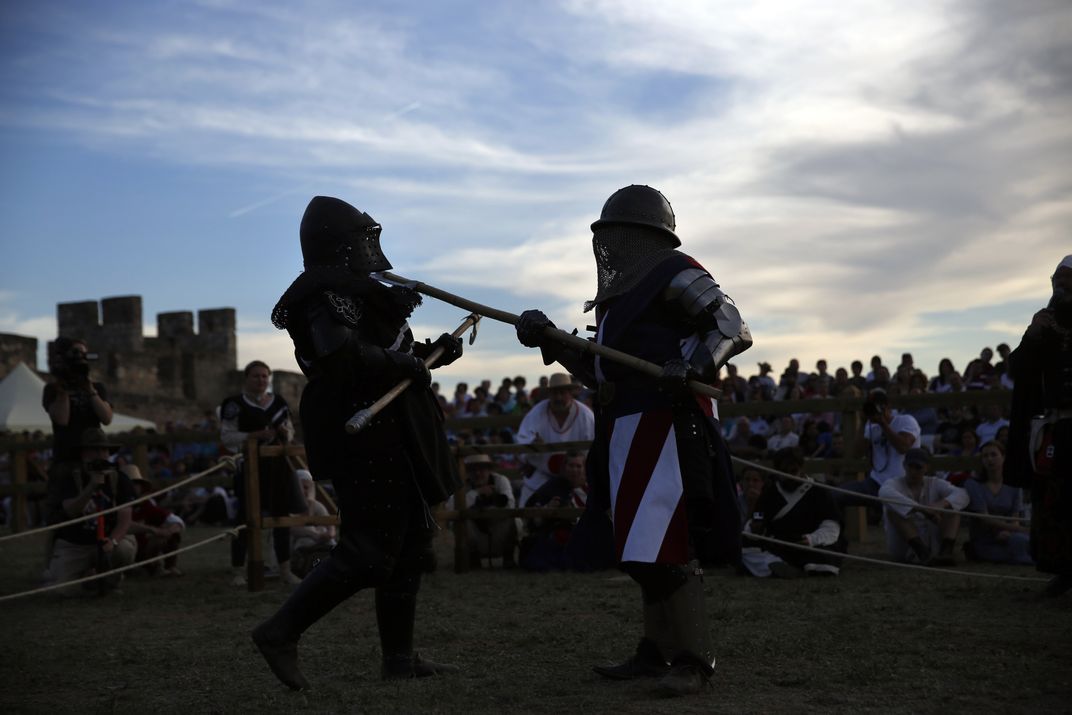
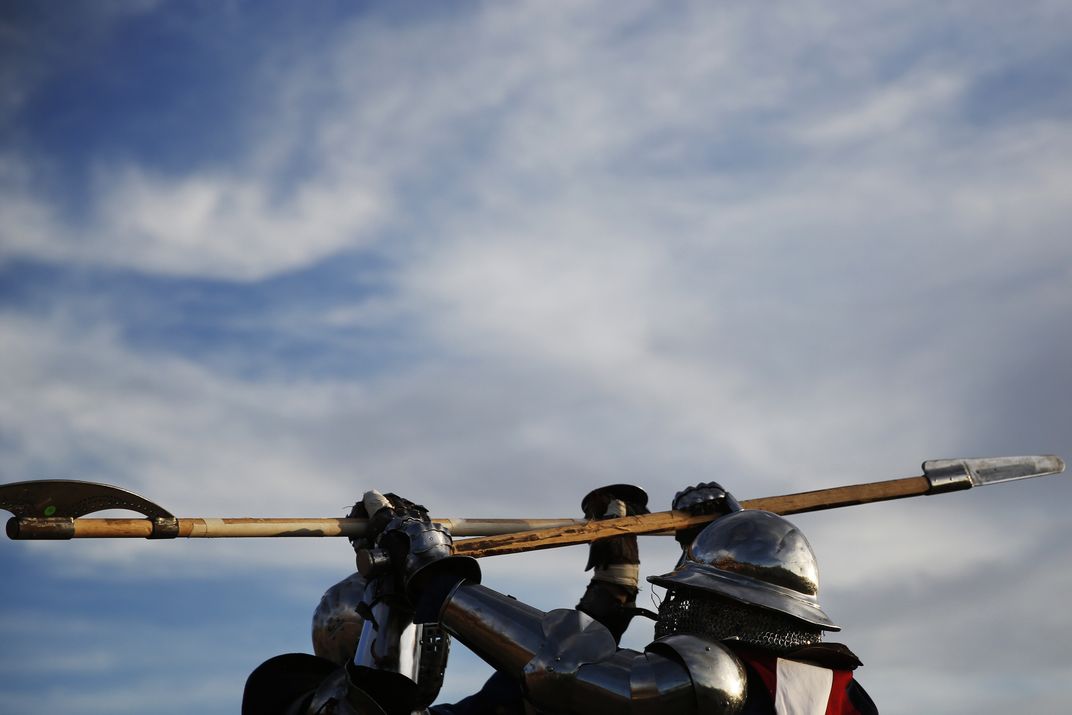
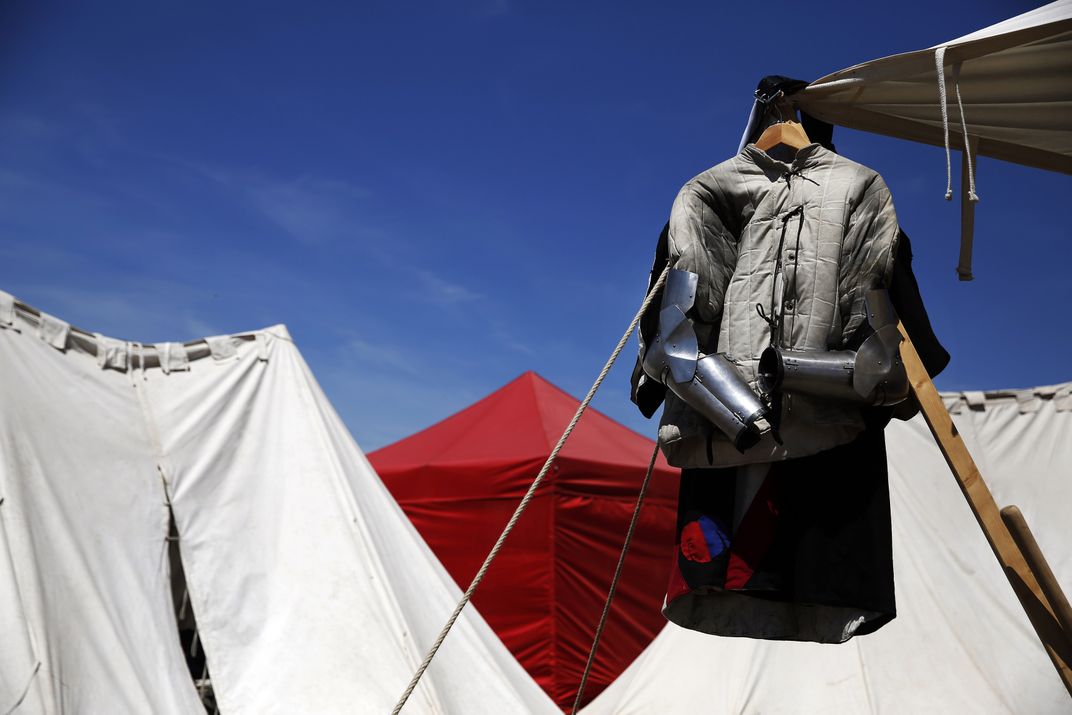
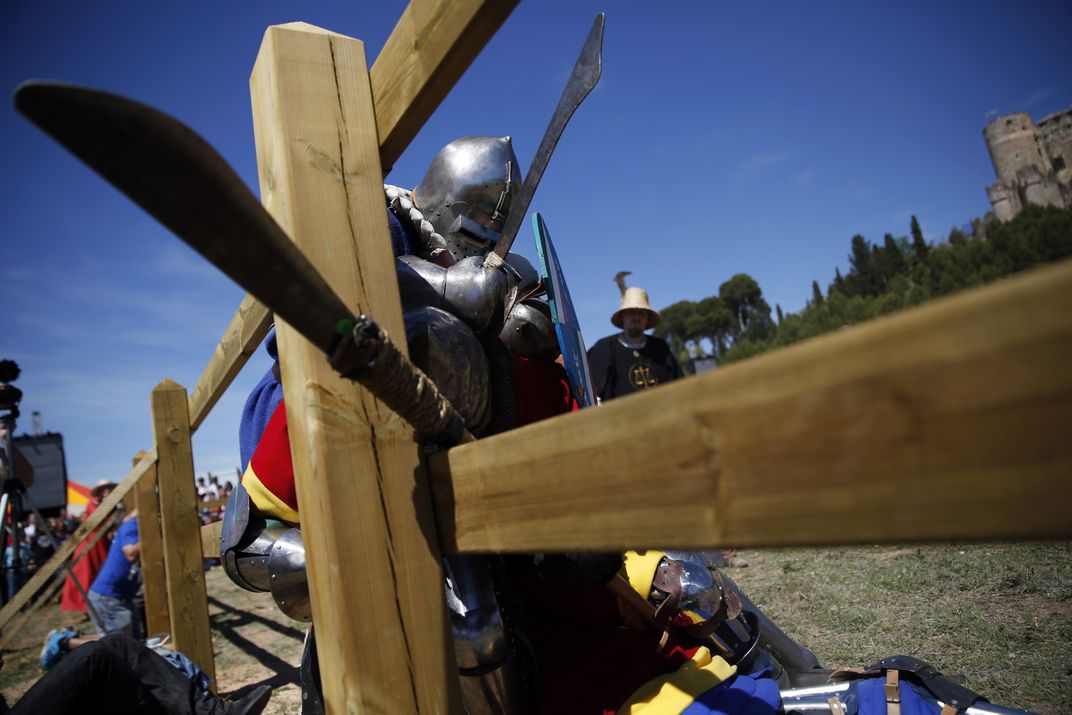
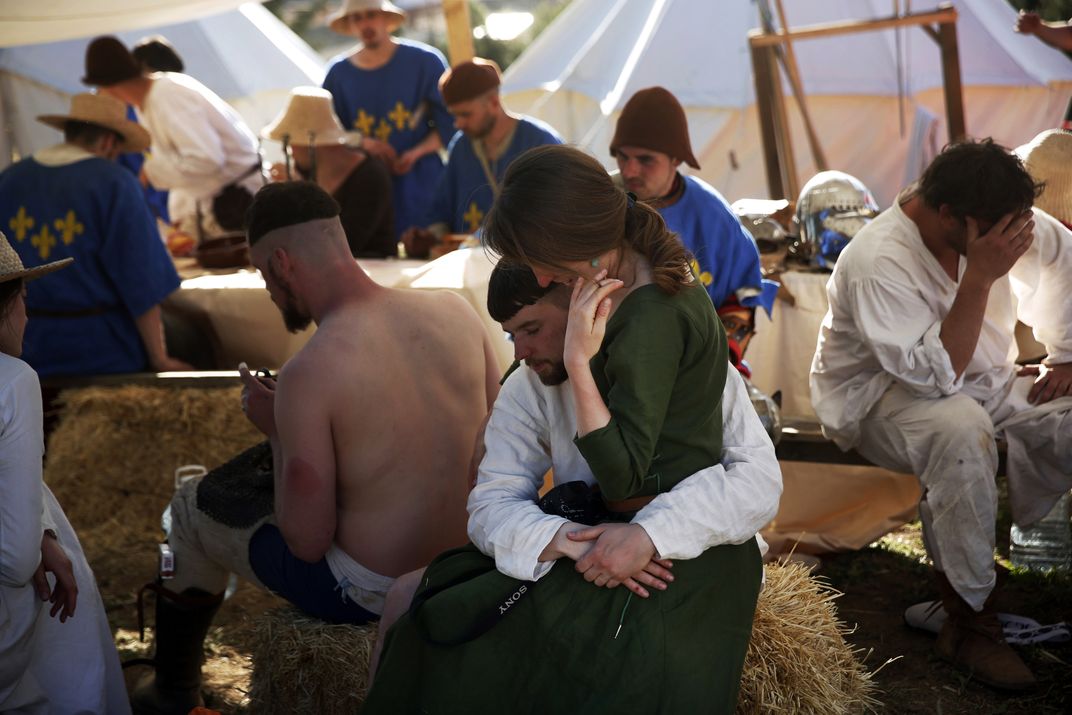
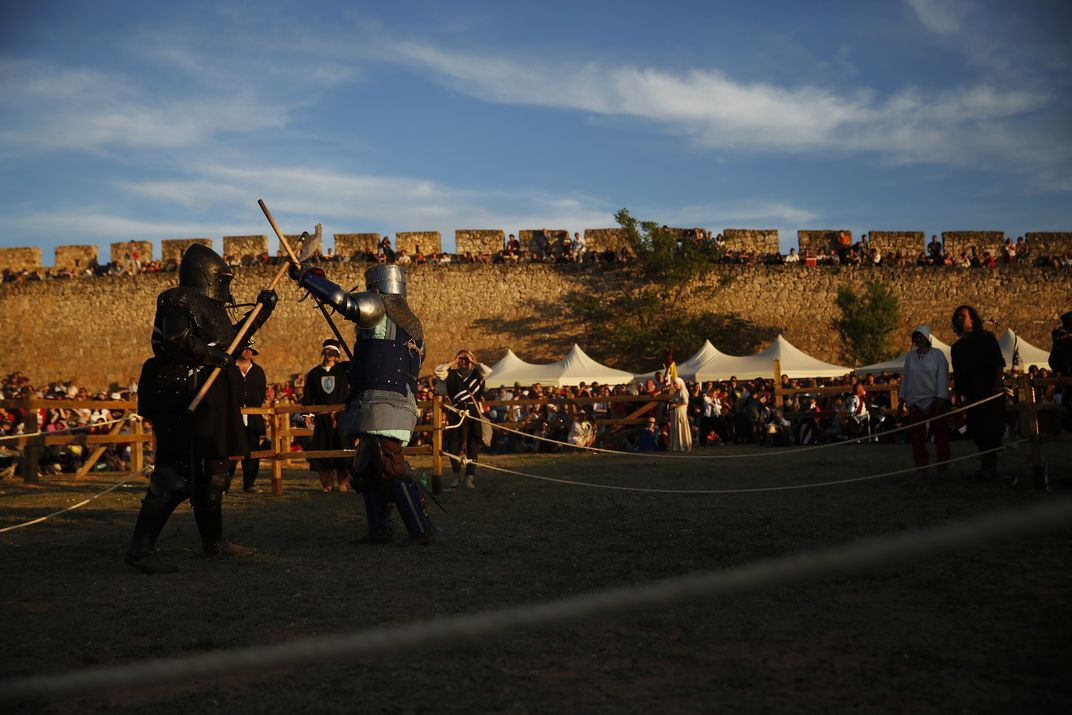
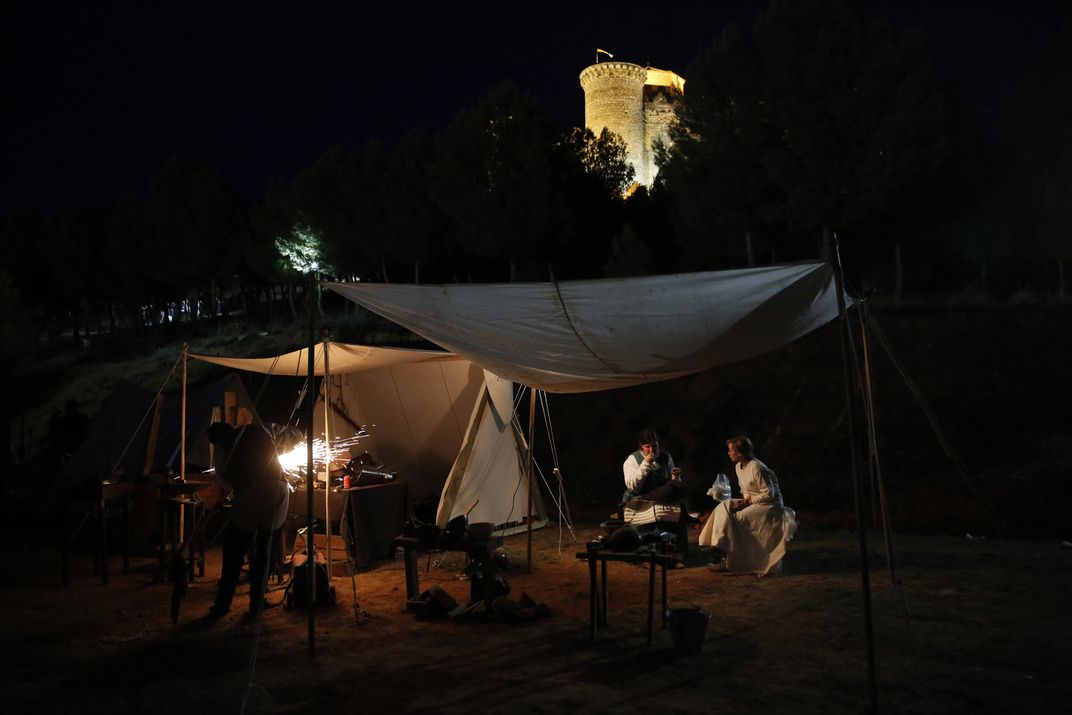
/https://tf-cmsv2-smithsonianmag-media.s3.amazonaws.com/accounts/headshot/smartnews-colin-schultz-240.jpg)